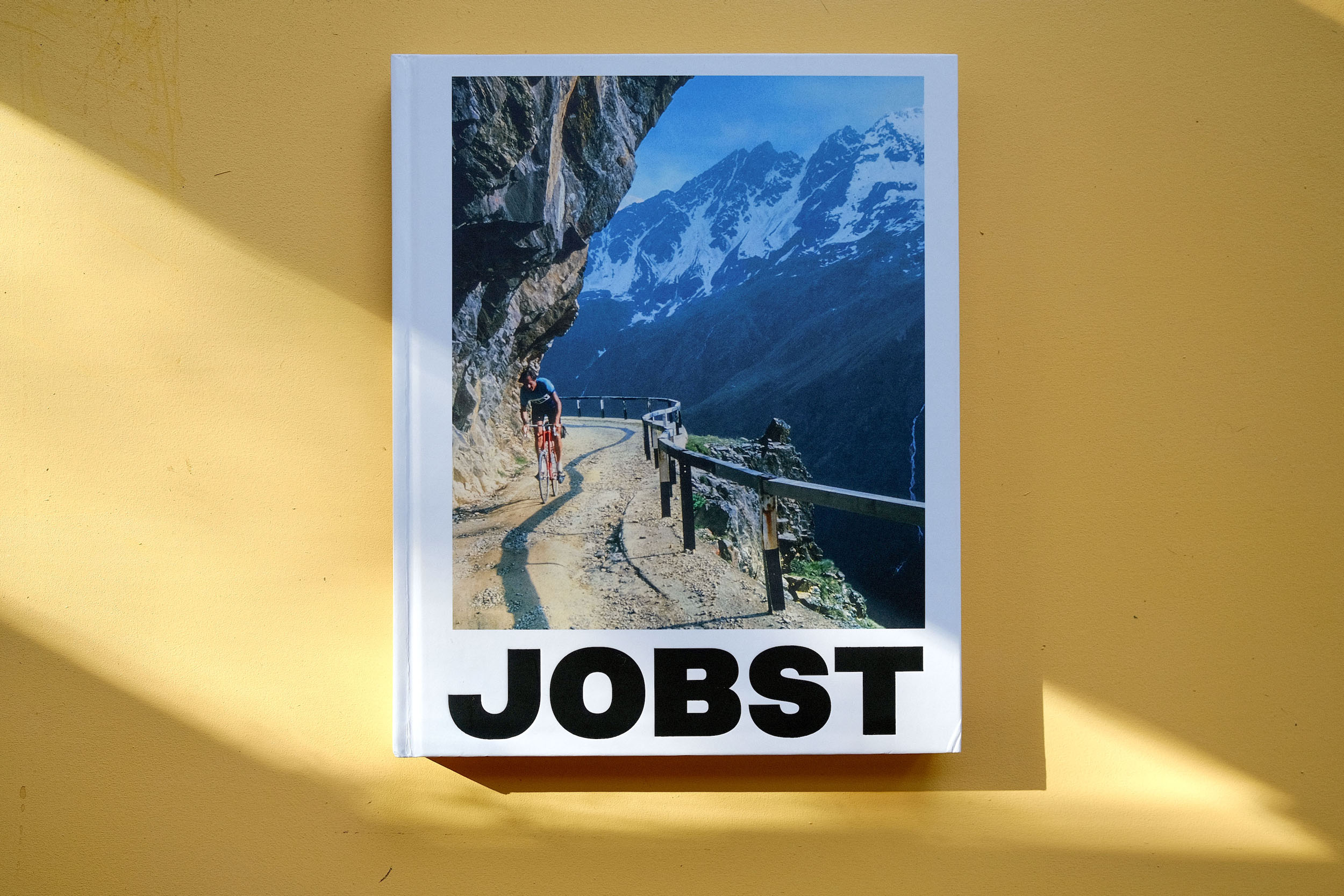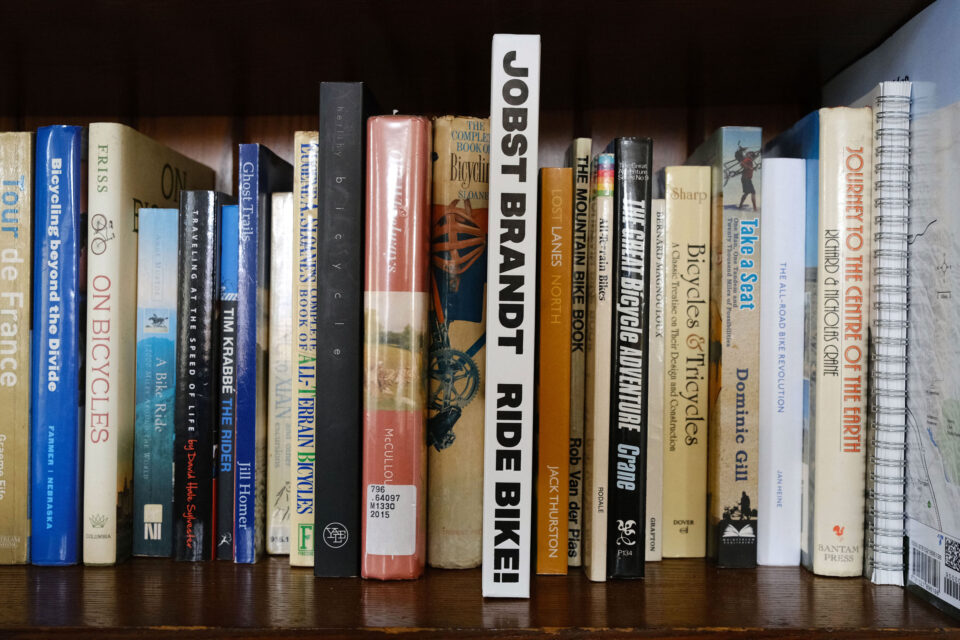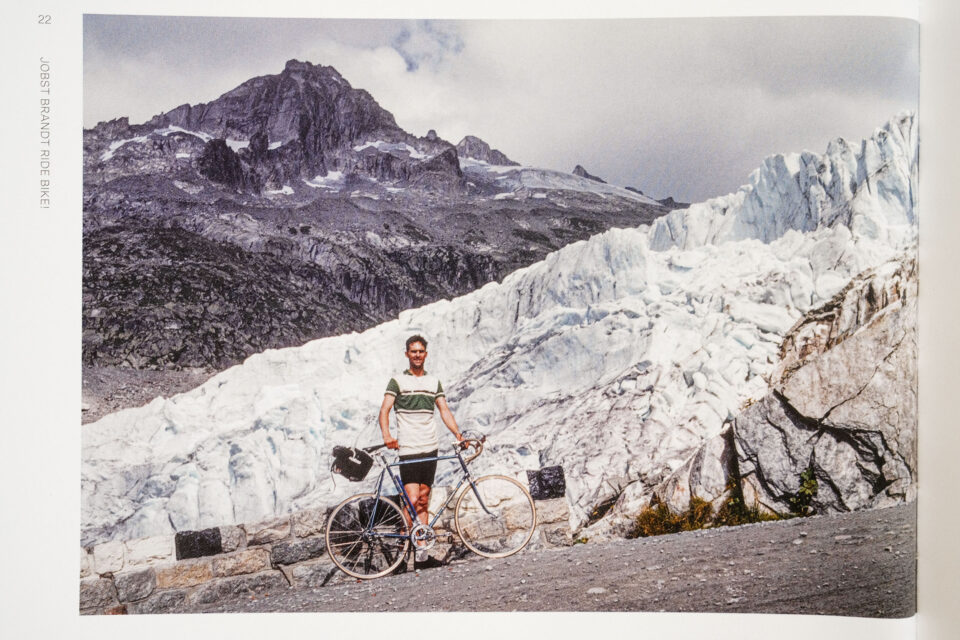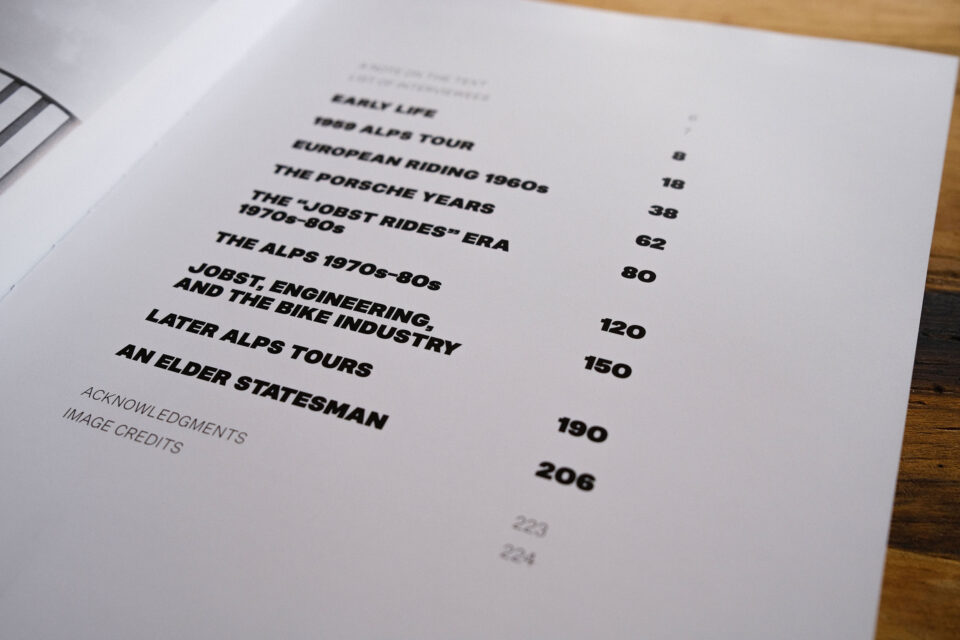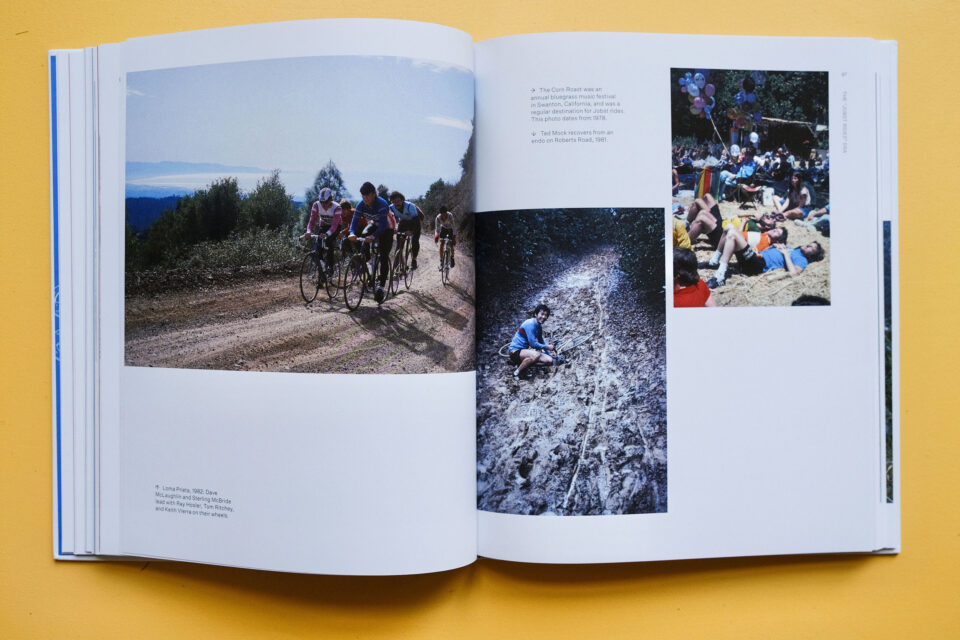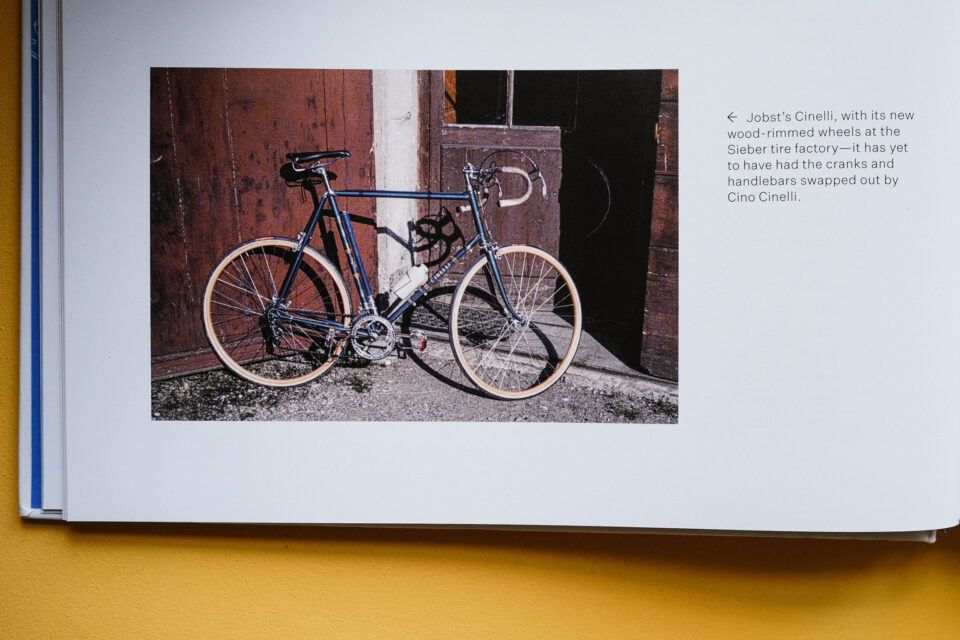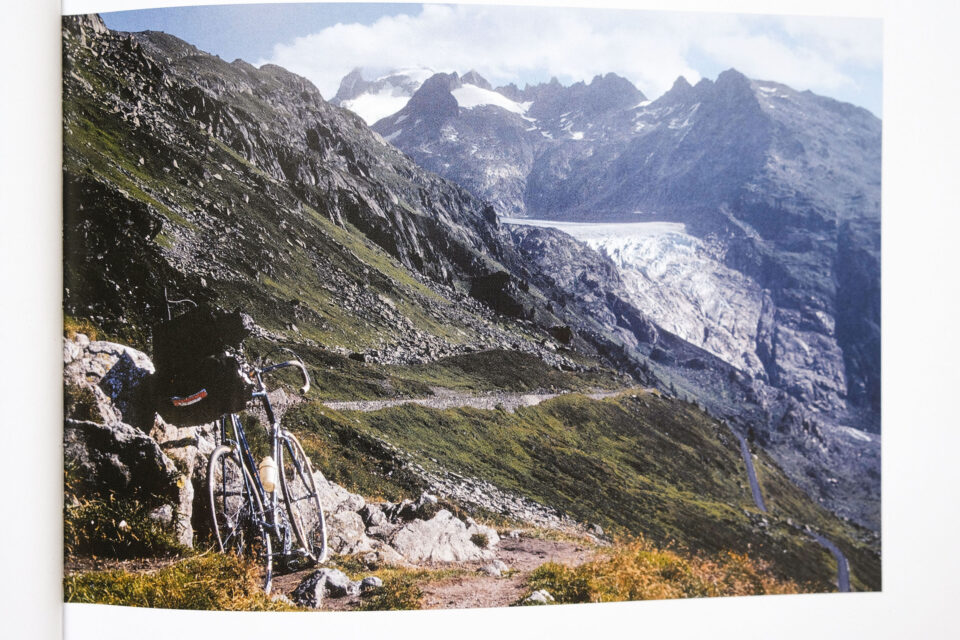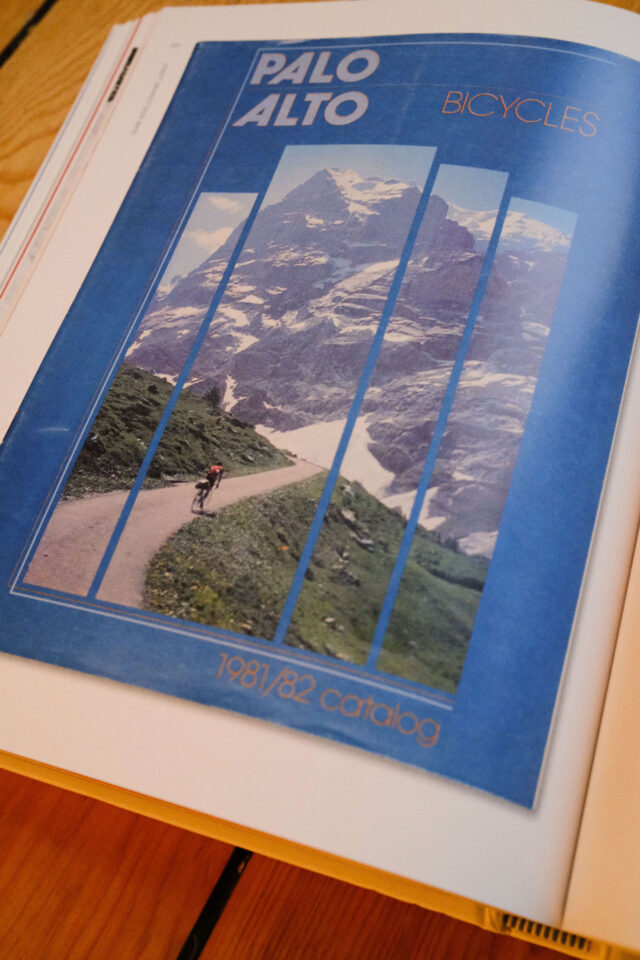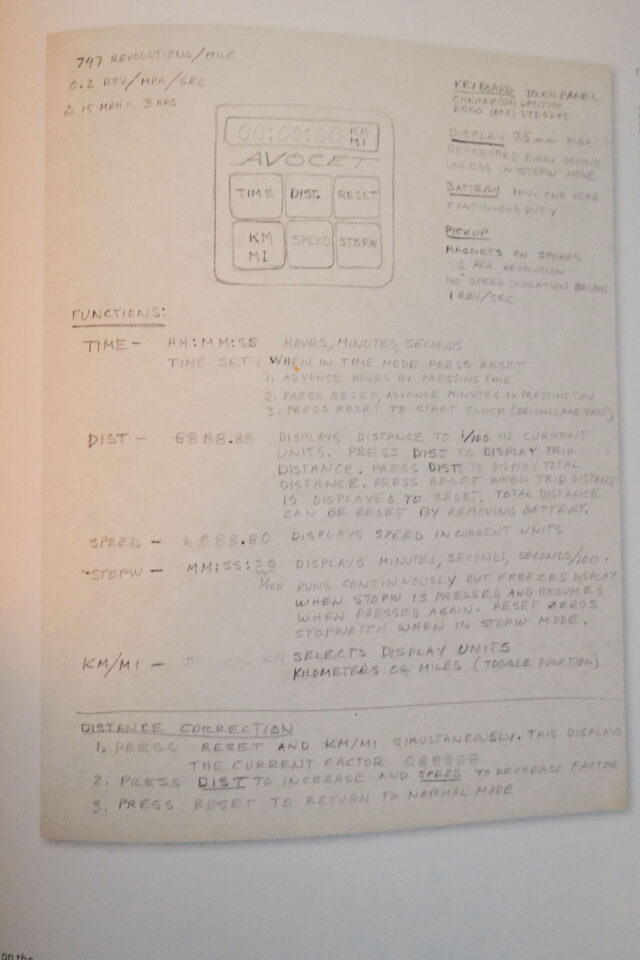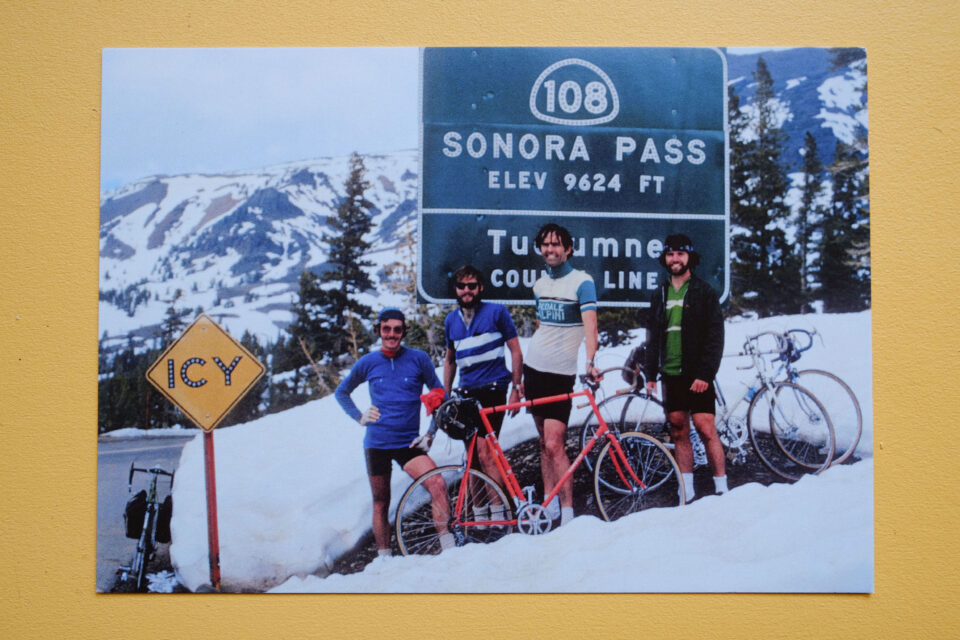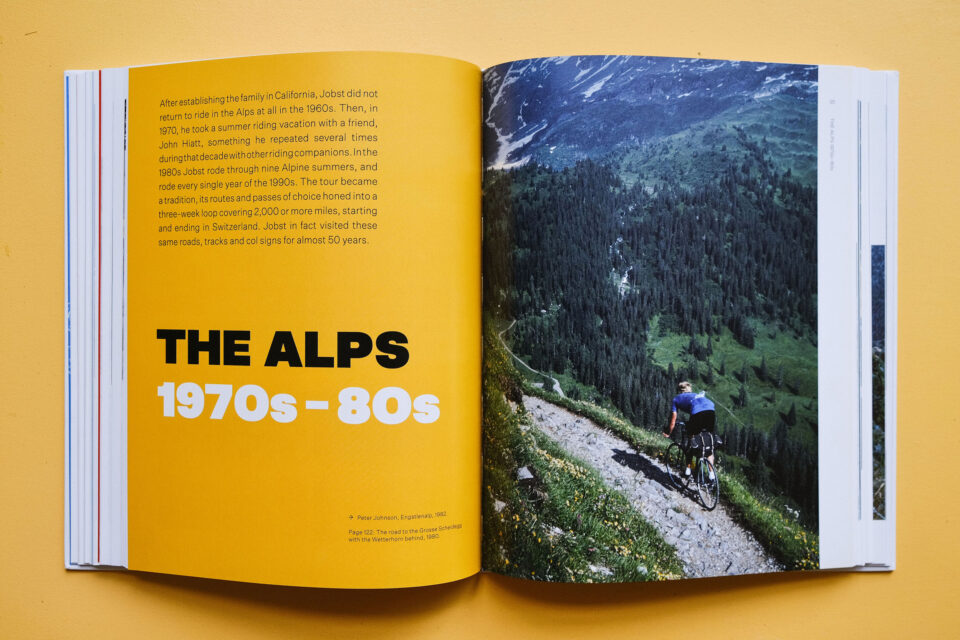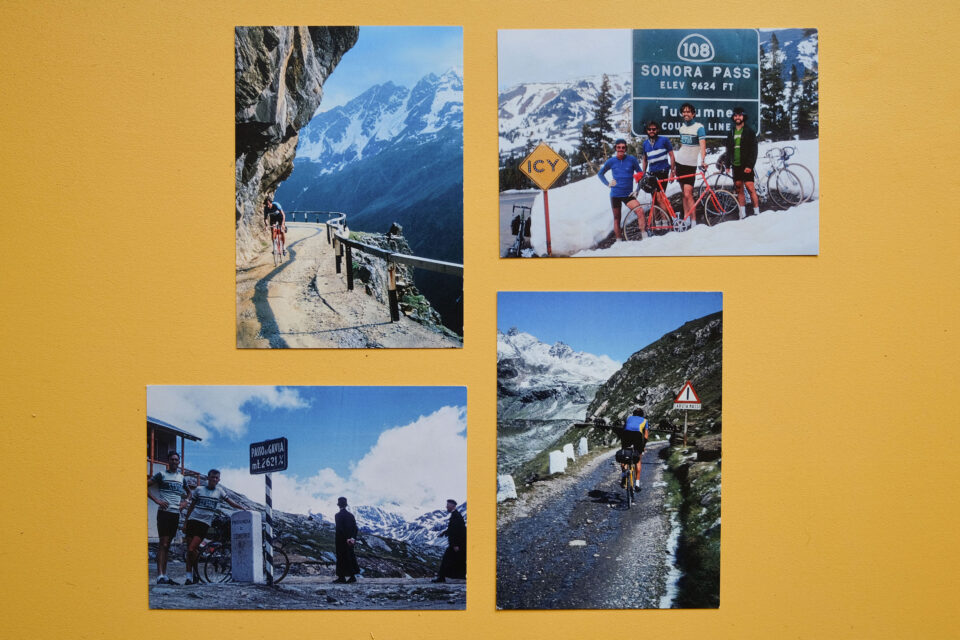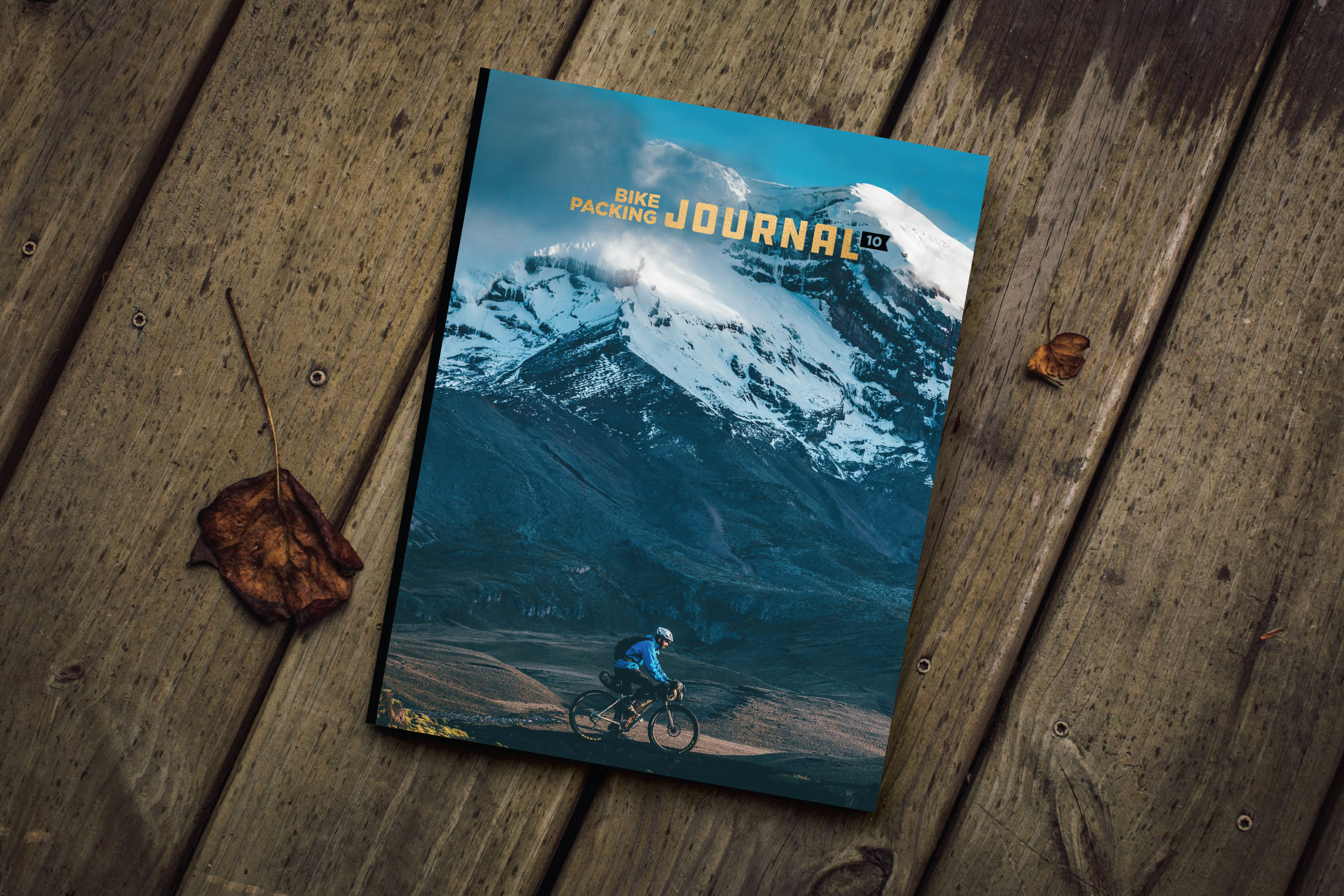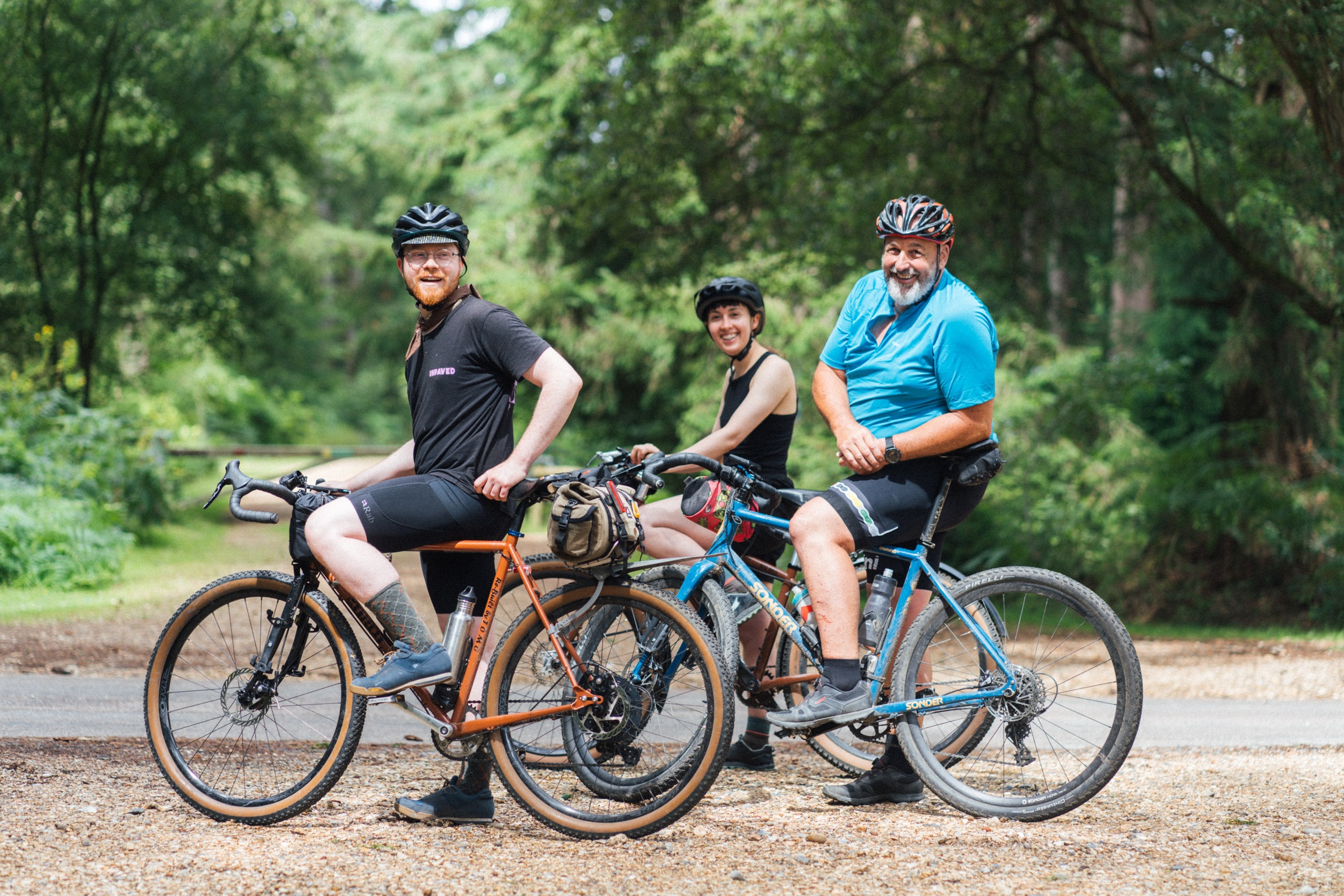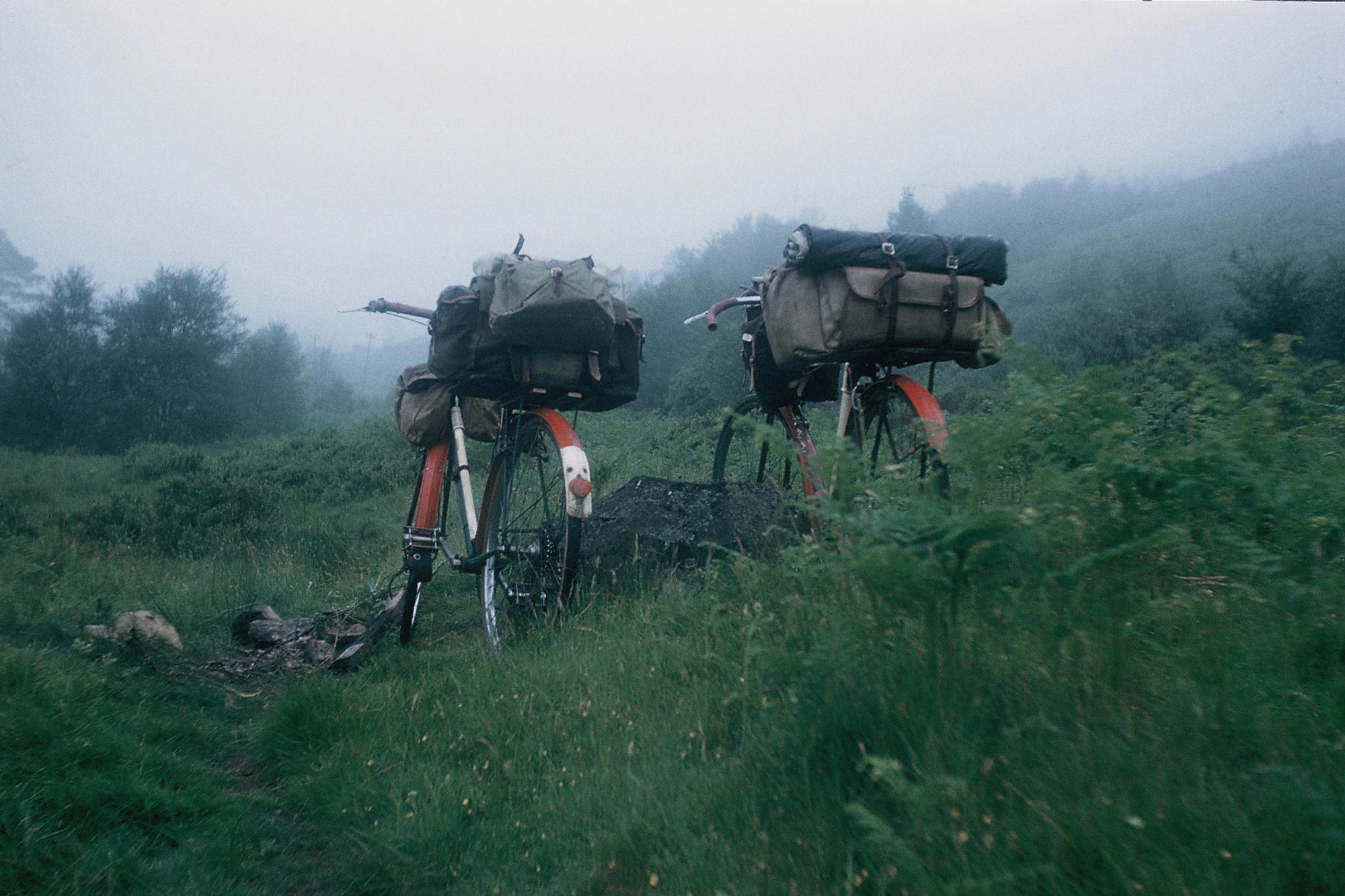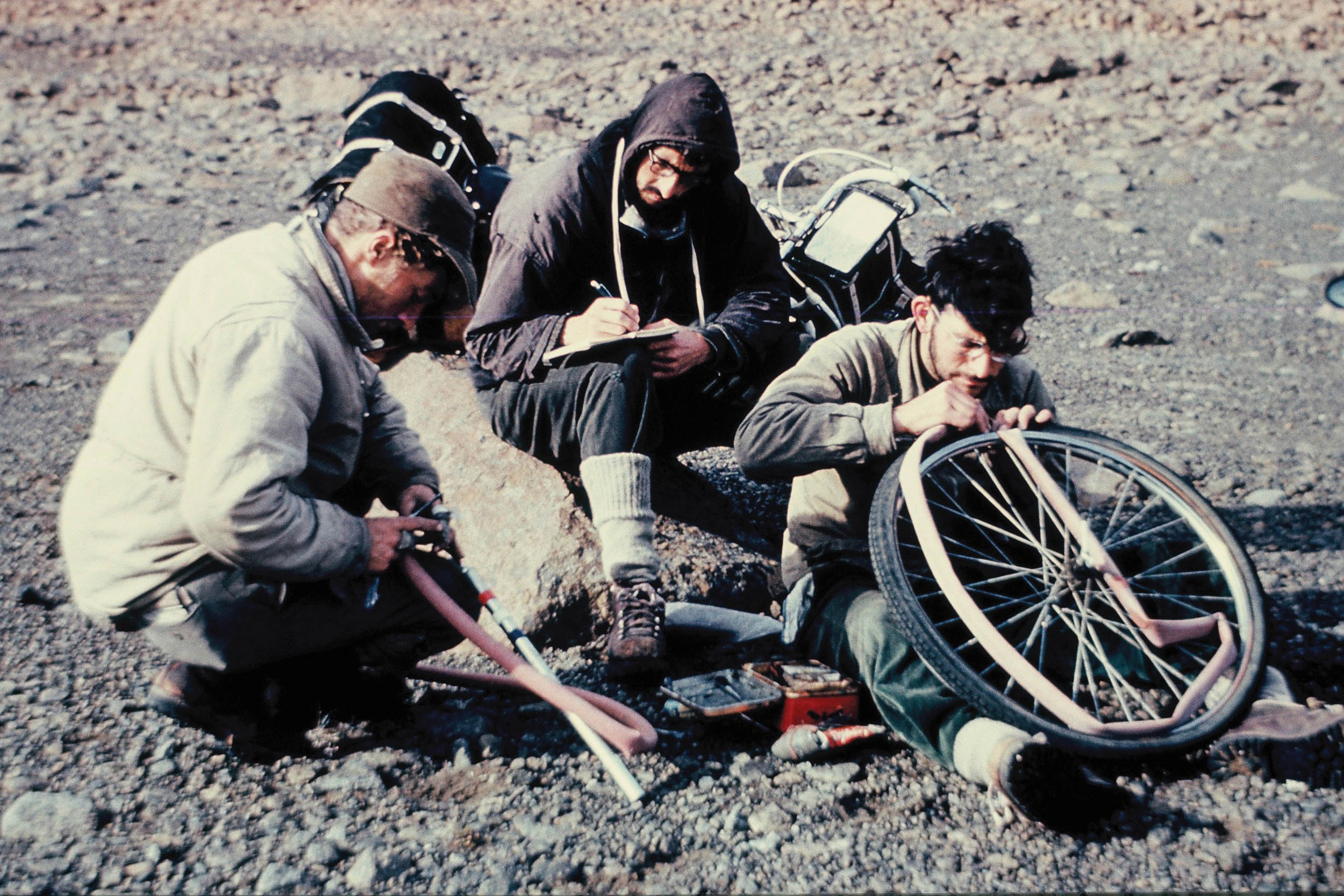JOBST BRANDT RIDE BIKE! Book Review
Share This
Published earlier this year, “JOBST BRANDT RIDE BIKE!” is a 224-page book from Isola Press that tells the story of imaginative cycling trailblazer Jobst Brandt (1935-2015), who helped shape the way we ride drop-bar bikes off road today. Through interviews, previously unpublished photos, and narrative storytelling, it paints a picture of his life and legacy. Read Joe Cruz’s captivating review here…
I can’t remember when I first came across Jobst Brandt. It might have been noticing his name as the author of the shopworn, grease-stained book The Bicycle Wheel on the bench at the local bike shop in the late 1980s. Or it might have been seeing one of the iconic images of him—maybe in a Palo Alto Bicycles catalog—riding his road bike on a gravel road in the Alps. It could have been reading about that first Avocet cycling computer. Whenever it was, the folklore surrounding Brandt made a significant impression on my young imagination, straining, as I was, to understand the boundaries of cycling. And Brandt was unusually ambitious in challenging those boundaries. From technical bicycle engineering, to the formation of a community of riders, to all-road tours far and wide, to drop-bar underbiking in rugged conditions, Brandt was an innovator, an opinionated aesthete, and an inspiration.
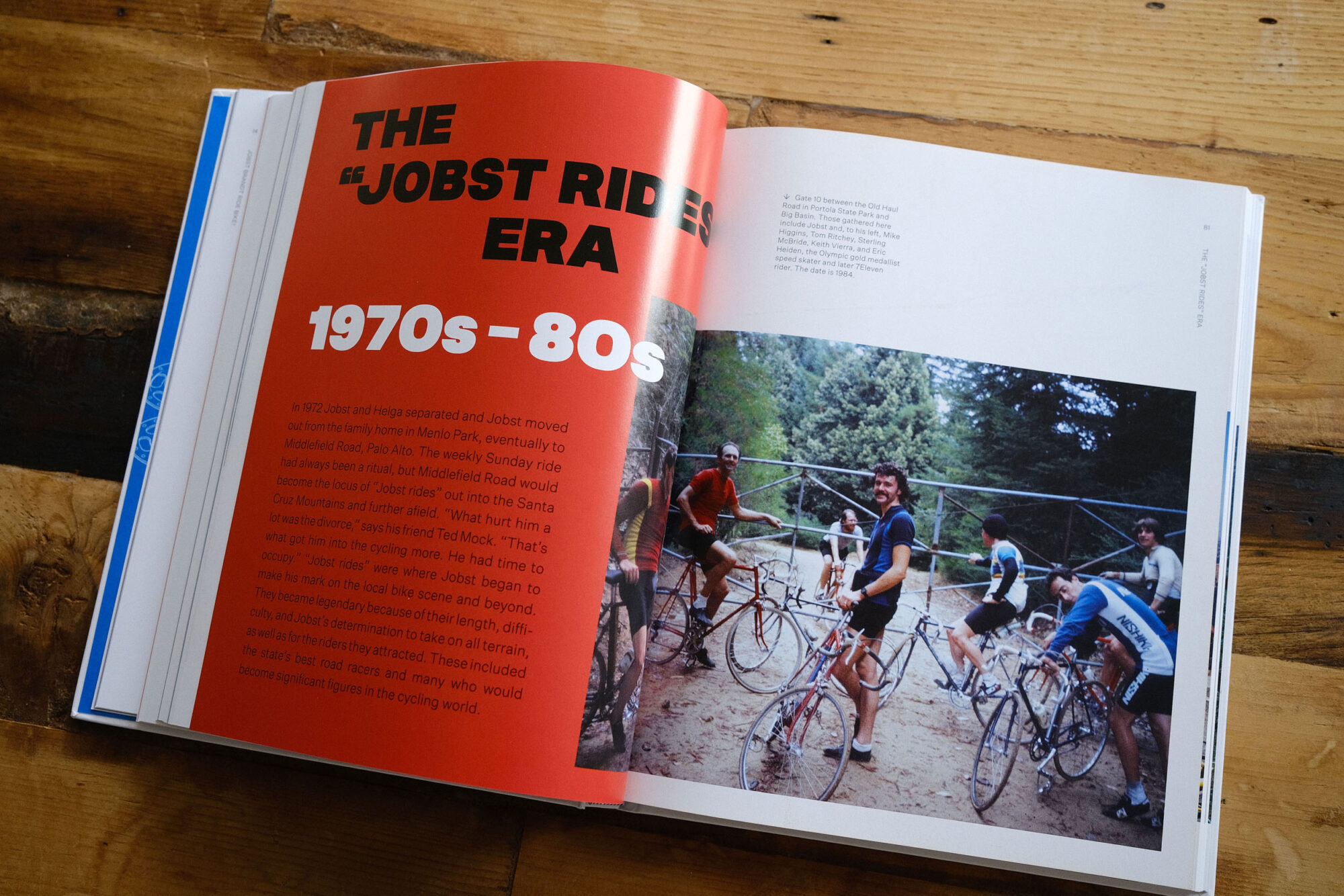
Recently published by Isola Press, JOBST BRANDT RIDE BIKE! (I’ll hereafter abbreviate it JBRB!) chronicles Brandt’s incredible impact on cycling as so many of us know it. Through it, we encounter a character who was revered during his time as a vocal advocate for a certain kind of riding. We also encounter, if I dare call it this, a movement. Namely, the project of riding far and fast on dirt on a drop-bar bike without self-imposed limits. Of course there have been generations of riders who achieved feats of daring and wonder by tracing a route on a map over mountain pass and dirt track and ancient road. The history of cycling is a limitless mine of the potentialities of riding. But Brandt was notable in that his exploits are close enough to ours in time and concept so that we can readily relate to his experiences while acknowledging that they were extraordinary.
The title of the book comes from Brandt’s cheeky signature on his internet posts later in life exhorting the reader to “ride bike!” It is a blend of interviews of people who knew Brandt, Brandt’s journal writing and correspondence, and a fascinating collection of photographs from the various eras of his riding. It’s quite different from two other recent Isola Press publications, The Rough Stuff Fellowship and Further Adventures in Rough Stuff. Those volumes are a treat to savor, with page after page of mesmerizing images. JBRB!, on the other hand, much more tells a coherent story about a person. The photos in JBRB! are excellent and evocative, but the tale is a narrative telling. The interviews are interlaced according to topic and theme, so even though the various interviewees weren’t literally in conversation with one another, the effect is the pleasant illusion of people who knew Brandt all sitting together to share in their memories.

Brandt comes across as having a big idea about what cycling can be spiritually, even if one gets the strong impression that he might not have put it that way. He was an iconoclast but didn’t ride alone. He pedaled with, among many others, Tom Ritchey, Joe Breeze, Gary Fisher, and olympic speed skater Eric Heiden. It’s notable that the first photo of Brandt on a bicycle in the first chapter (p13) is credited to John Finley Scott. Scott is widely admired as having conceived in 1953 of the very first proper mountain bike, the “Woodsie.” It’s further evidence that Brandt was present in the thick of crucial moments in bicycling in the USA. He led by example, spearheading group rides that superficially might resemble any California club run, yet in reality were scouting something more interesting and impactful. He pedaled his road bike on dirt at a time of tarmac ascendence and right as mountain bikes would take over cycling’s psyche. Thus, Jobst was insisting against the trends via the deeper traditions of drop-bar bikes and was hinting ahead to when riding on dirt would again be its own widely pursued enterprise. In my view, this was a not insignificant input to the self-aware bikepacking that we do today. JBRB! is therefore a sliver of a biography of a person as well as of at least one pillar of our riding style.
The son of German immigrant parents who had fled the early days of the Nazis, Brandt was born in New York City and grew up in Palo Alto, California. In 1959, he took his first bicycle tour in the Alps while stationed in Germany during his time in the US Army. This ride would evidently leave a considerable mark on him. He highlighted a map to follow and traveled light with just a saddlebag on his Cinelli SC. He started off with a 42 x 22 gear combo as his easiest, but then installed a freewheel with a 25 big cog as a concession to the climbs. Later, he switched to wooden rims because the heat from the descents kept melting the glue on his tubular tires mounted on aluminum. In Milan, he met Cino Cinelli, the former winner of Il Lombardia and Milan-San Remo and the founder of the famous company that still bears his name. Cinelli urged Brandt to ride the Stelvio, which at the time was gravel.
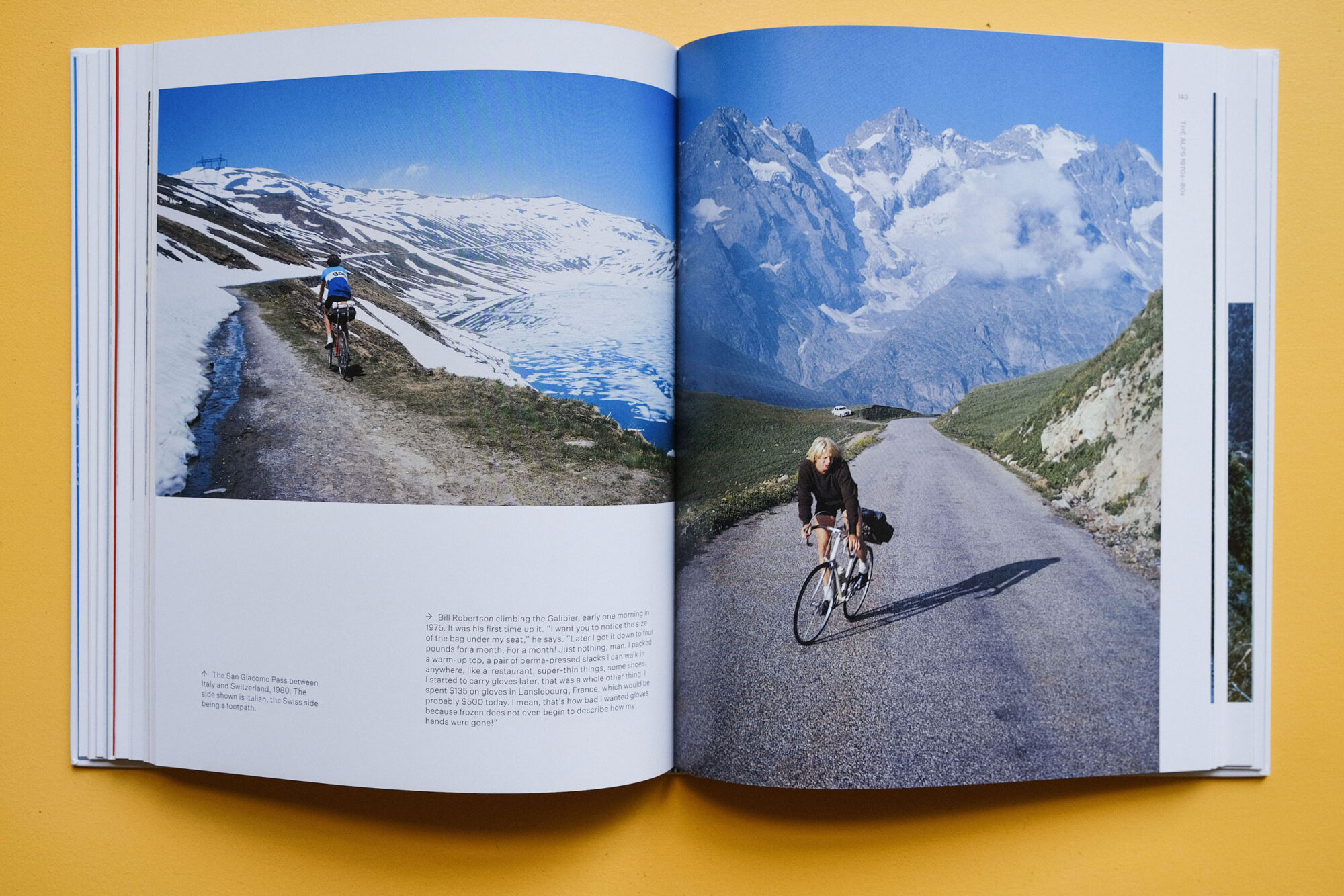
Brandt brought two Voigtländer Vitomatic cameras, one with color film and one with black and white. The photos are instantly legible: big Swiss mountains with an inviting, snaking road establishing a leading line to a distant glacier, perhaps a chalet in the middle ground and a tiny bicycle in the foreground implying the immensity of the landscape. This photo wasn’t a cliché during Brandt’s youthful forays, as they are for us now. Through these kinds of images, Brandt would quietly evangelize a certain way of pedaling.
A later JBRB! chapter is a long excerpt from Brandt’s journal entries from his second European tour. It ranges from exuberant philosophical reflection to dispassionate reportage of the familiar details of a trip: the weather, the mechanicals, the meals. Reading it made me long to set off on a European trip on gravel with 30mm tires with just a small seat bag and a plan to sleep indoors in beautiful mountain lodges after long days in the saddle. As I look over Brandt’s early 1980s packing list reprinted in JBRB! (p131), it looks right and perfect.
We read more on Brandt’s engineering background—he worked for Porsche, for instance—and on his marriage and becoming a father. Then JBRB! declares the 1970s as the era of “Jobst Rides.” These were Bay Area group rides legendary for their length, for their underbiking on wild terrain, and for the famous or soon-to-be famous riders that joined them. Brandt sternly expected people to be tough on his rides, but one gets the distinct impression of the warmth and joy of the outings, too. There are numerous hilarious anecdotes. For example, Brandt, we learn, hated squeaky chains. The ride would sometimes stop when they saw a parked Volkswagen so they could open the engine door and steal some oil from the dipstick to quiet their drivetrains. In another European tour with some of his California crew, he used milk as sealant to stop a slow leak in his tire. Ric Hjertberg, who recounts the successful repair, observes, “…those are big proteins in milk…” (p132).
Even though he had a courtside seat to their development, Brandt never liked mountain bikes. Tom Ritchey built Brandt a road bike but reports that he couldn’t get Brandt to do much more than throw a leg over a mountain bike. A different dimension of Brandt’s influence derives from his involvement with Avocet, a component company that grew out of the Palo Alto Bicycles mail-order business. Brandt had a hand in the development of Avocet’s shoes, tires, dual-action pump, and spoke tensiometer. Most importantly, he was on the product design team for the Avocet cyclometer, the first small handlebar computer on the market and used by Greg Lemond in the Tour de France.
There is no tidy way to summarize Jobst Brandt’s legacy. In addition to everything said to this point, his bicycle wheel book is a classic, and his generous contributions to early internet bicycle discussion like rec.bicycles forums are remembered by many. There is nowadays the feeling that drop-bar bikes are cool again for dirt riding after being eclipsed for decades by mountain bikes. Of course, our gear is better optimized for the task. Gravel bikes are flat-out more capable than any bike that maxes out at 33mm tires. It’s unclear how Brandt would have viewed our drop-bar bikes with clearance for 55mm ATB tires and slack head tubes, though he would have been getting a taste of them at the end of his life (he passed away in 2015).

But I’m not thinking so much of the gear as the attitude and intention. In those respects, Brandt’s legacy looms large. When you set out on a drop-bar bike and your ride is fast on tarmac and then you hop onto sections of singletrack or turn away from traffic to get on a dusty, rutted, rocky dirt road or doubletrack, you’re riding the attitude Brandt had about bikes. This is especially so if, at the same time, you’re cognizant of the rich tradition of bike racing, of the magnificent European mountain landscapes that speak endless possibilities of ascending to cols along snowpack-walled roads and craggy granite peaks. Especially so again if the technical side of bicycling holds the pleasure of wondering what could be better about bicycles. You’re riding Brandt’s attitude if, for you, the best rides are where you’re joyfully competitive with your friends in a riding group whose history measures in years of outings together. And if it’s meaningful to you to take a bike tour with minimal kit, sleeping where you can (or have to) in order to go further faster and to see and see some more. All of that was Brandt’s vision for cycling, and if that’s how you do it, you’ll get something out of the book. I recommend it enthusiastically.
Jobst Brandt Ride Bike! (2023)
Publisher: Isola Press
Price: Softcover £30.00 (~US$37) / hardcover £40.00 (~US$49)
Further Reading
Make sure to dig into these related articles for more info...
Please keep the conversation civil, constructive, and inclusive, or your comment will be removed.






